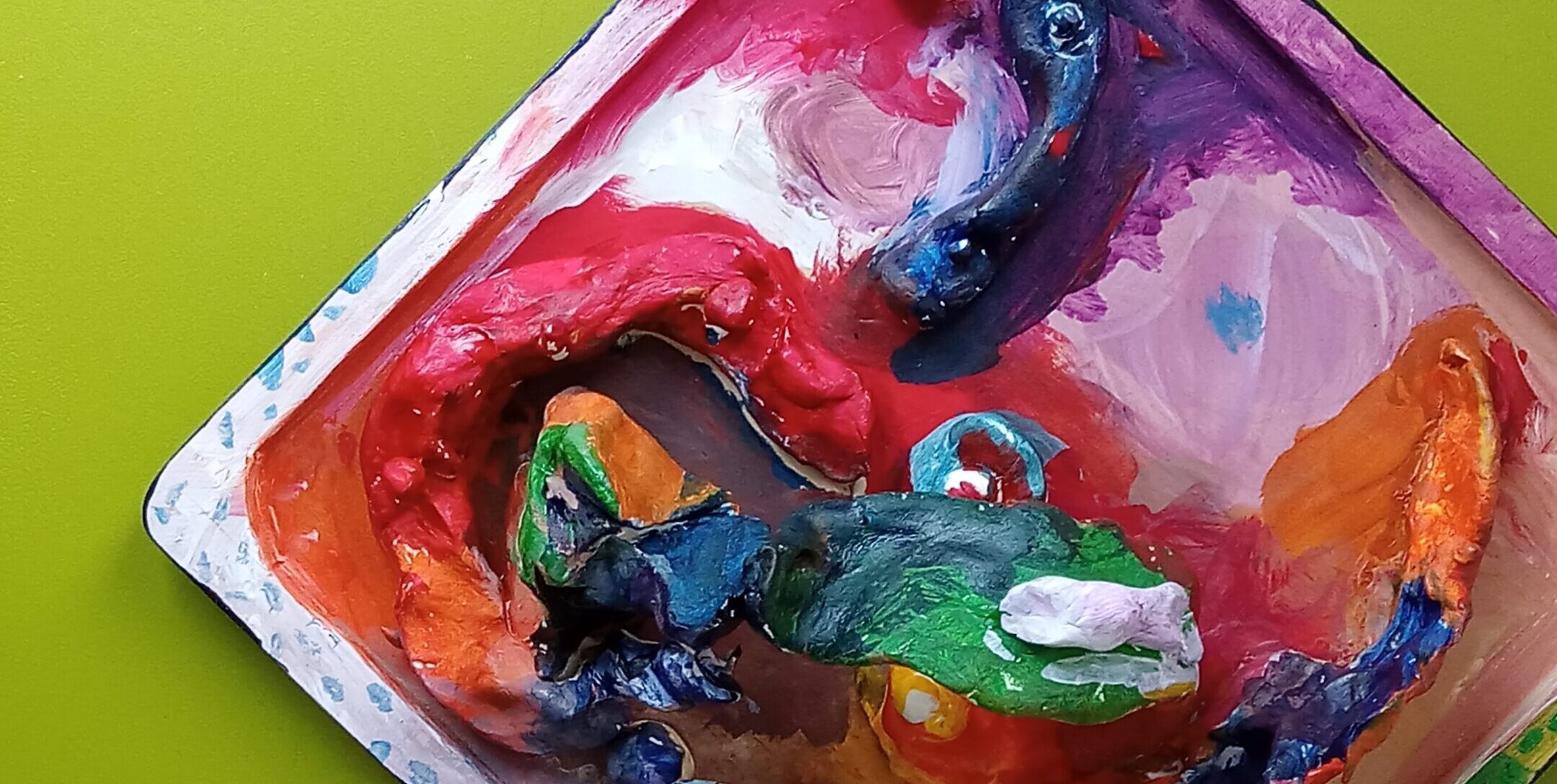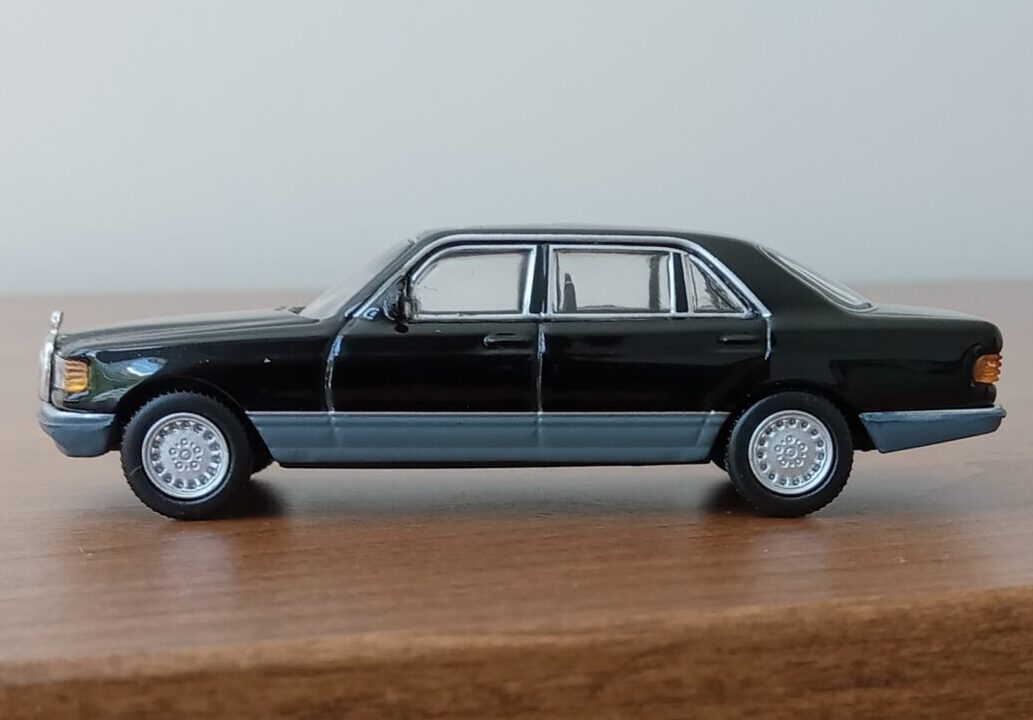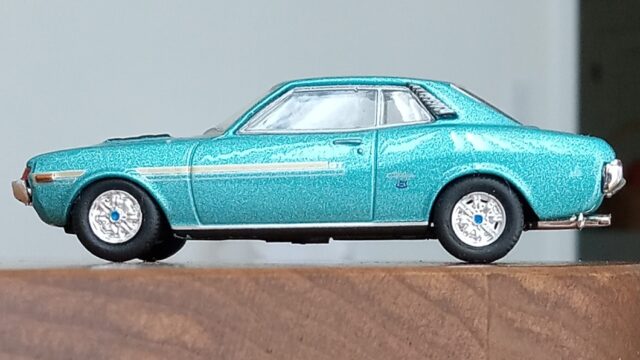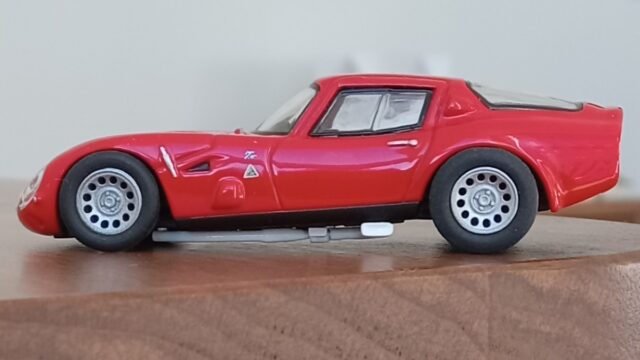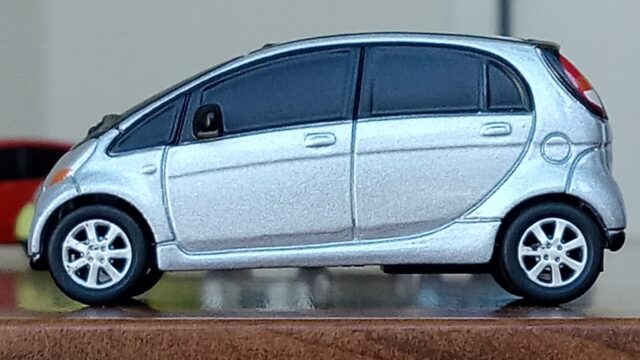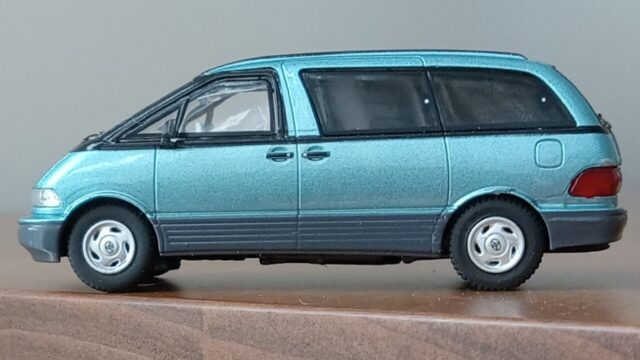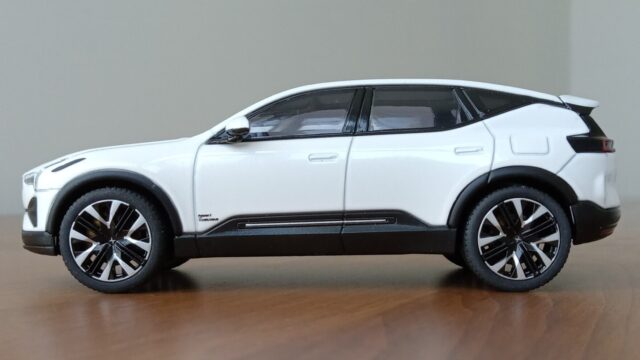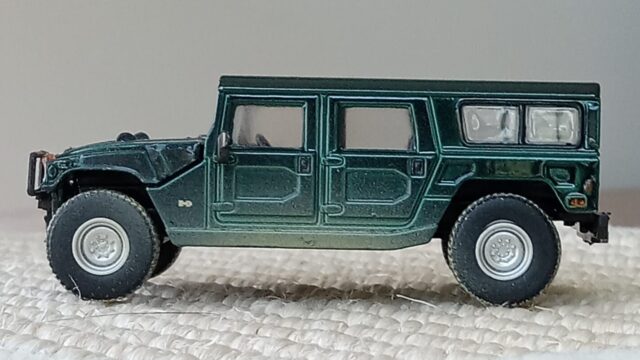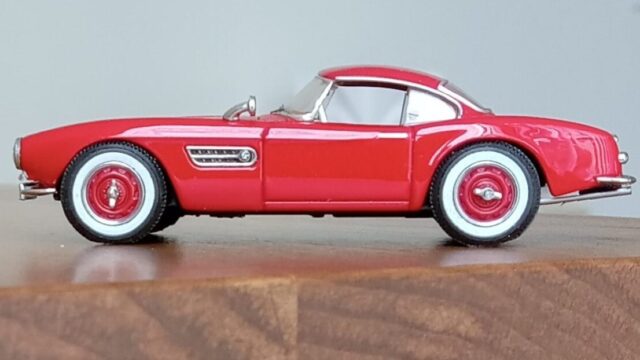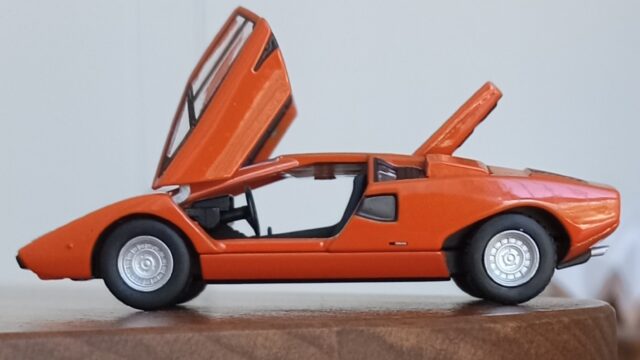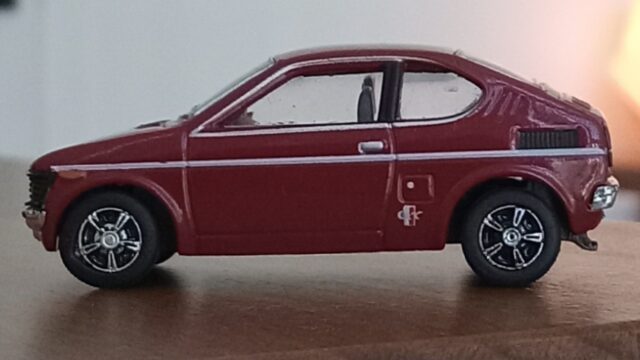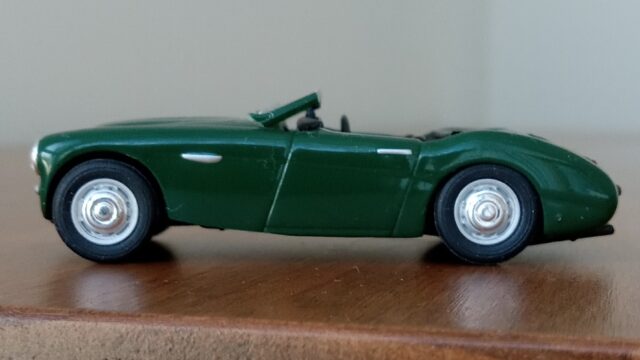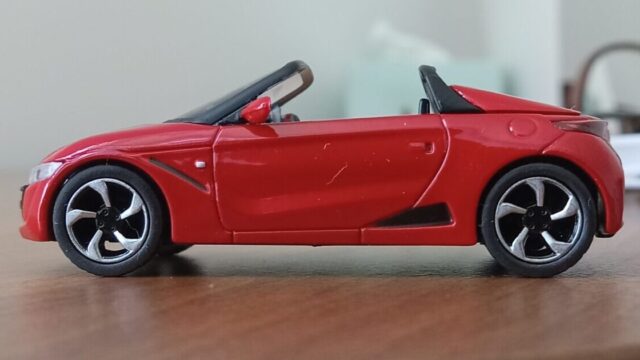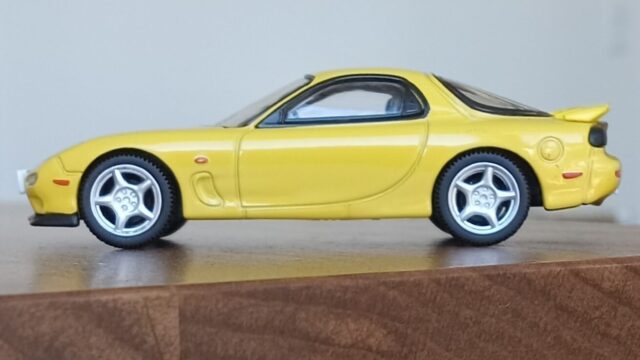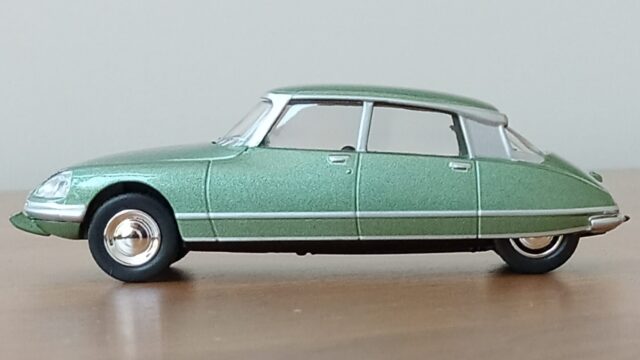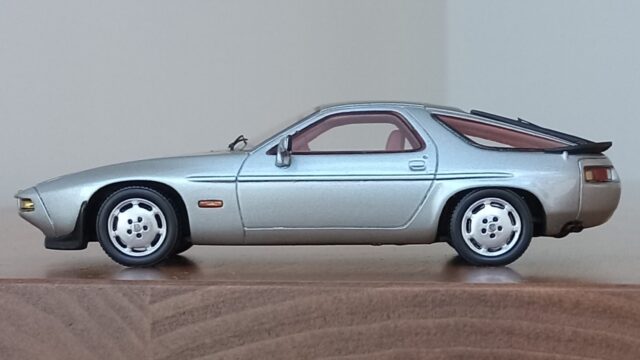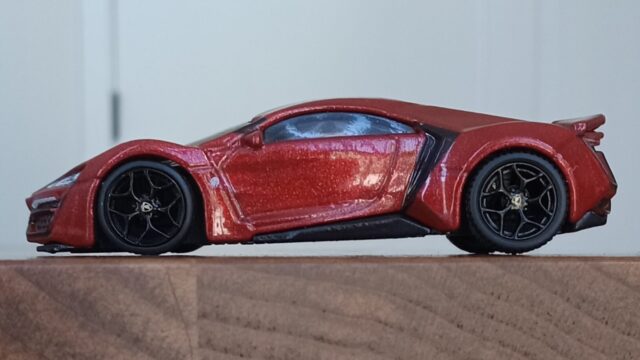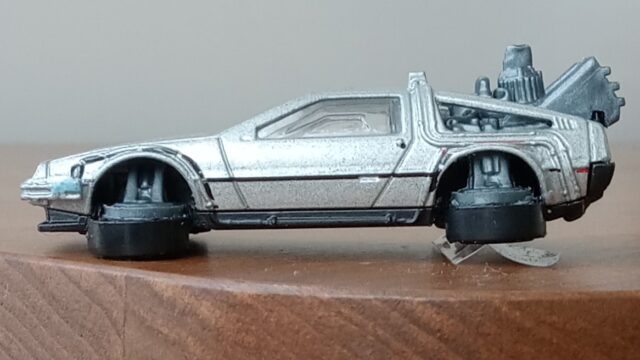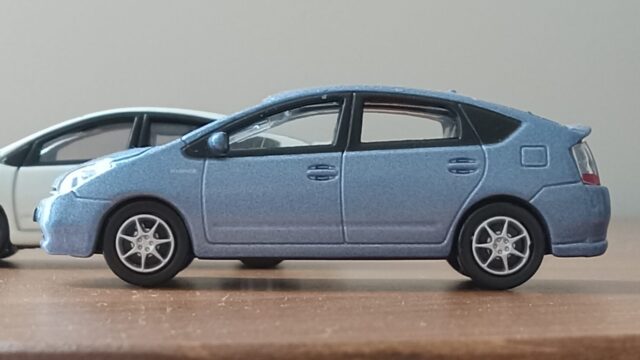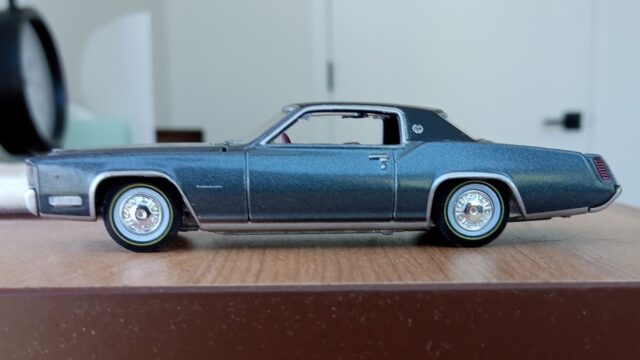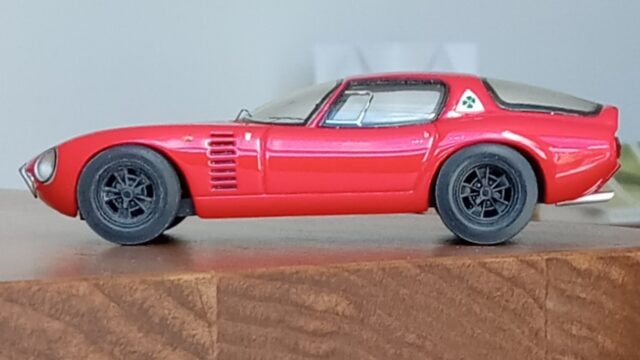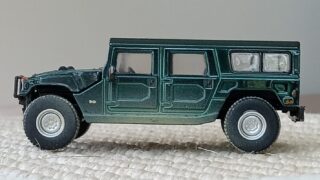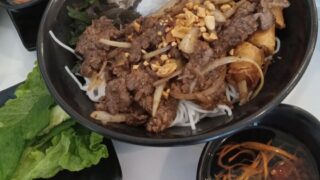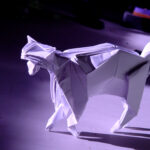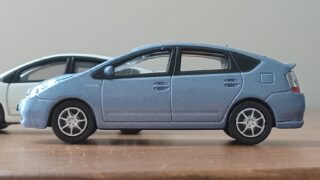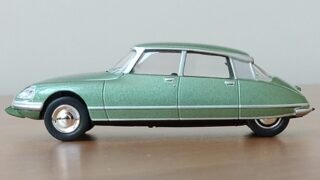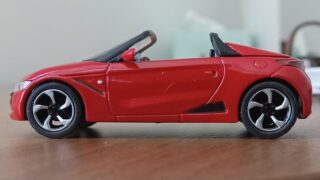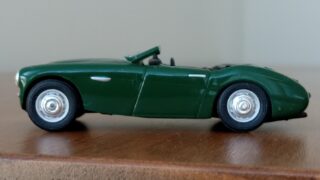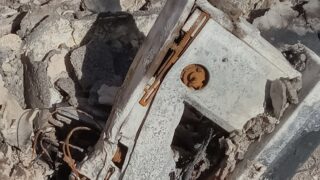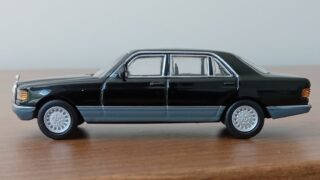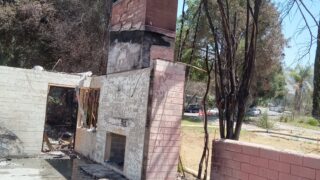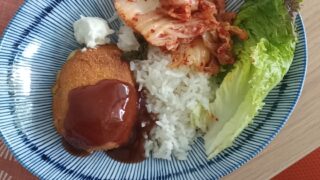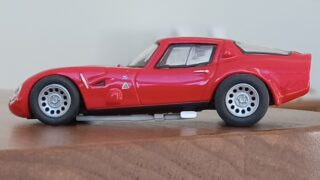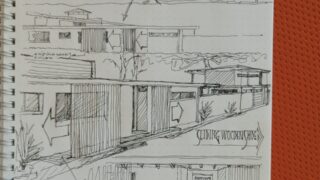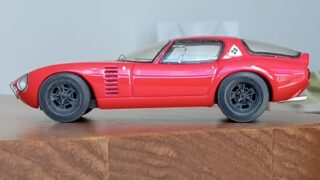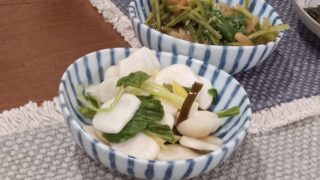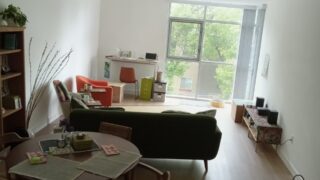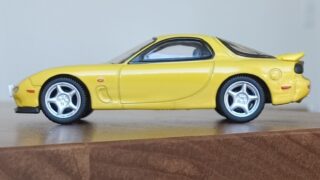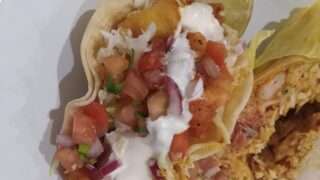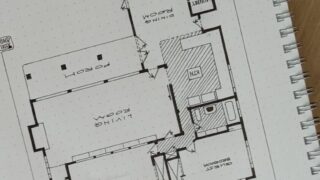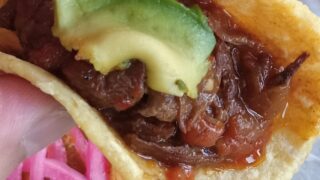第8位:MB560 SEL(W126),1979
前回の投稿中で、私の『自動車デザインベスト10』を発表した結果、見事8位になりました、MB 560 ESL (W126型)セダンについての選考理由や、『私と560SELとのかかわり方』につき記させていただきます。
こちらが、
『自動車デザイン・ベスト10』選考結果です。
第10位:BMW 507, 1956 ————————ーーー(シルバー+同色ハードトップ)
第9位:AMゼネラル ハマーH1, 1992 ——ー(軍用ウッドランド・カモフラージュ)
第8位:MB 560 SEL, W126型, 1979 ————ーー(黒とブルーグレーの2トーン)
第7位:キャデラック・エルドラド,1967 (メタリック・ブルーに黒のレザートップ)
第6位:トヨタ プリウス, 2003 (2代目)————————–(シーサイド・パール)
第5位:ホンダ S660, 2015 ————————————— (スター・ホワイトパール)
第4位:ポルシェ 928,1978 ————-(ライトブルー・メタに格子パターンの内装)
第3位:シトロエン DS23 Pallas, 1973 ————————(シャンペーン・ゴールド)
第2位:ランボルギーニ・カウンタック LP400, 1974 ——————ーー (オレンジ)
第1位:オースチン・ヒーレー 100/4 (BN/1), 1953 –(アイボリーと濃紺の2トン)
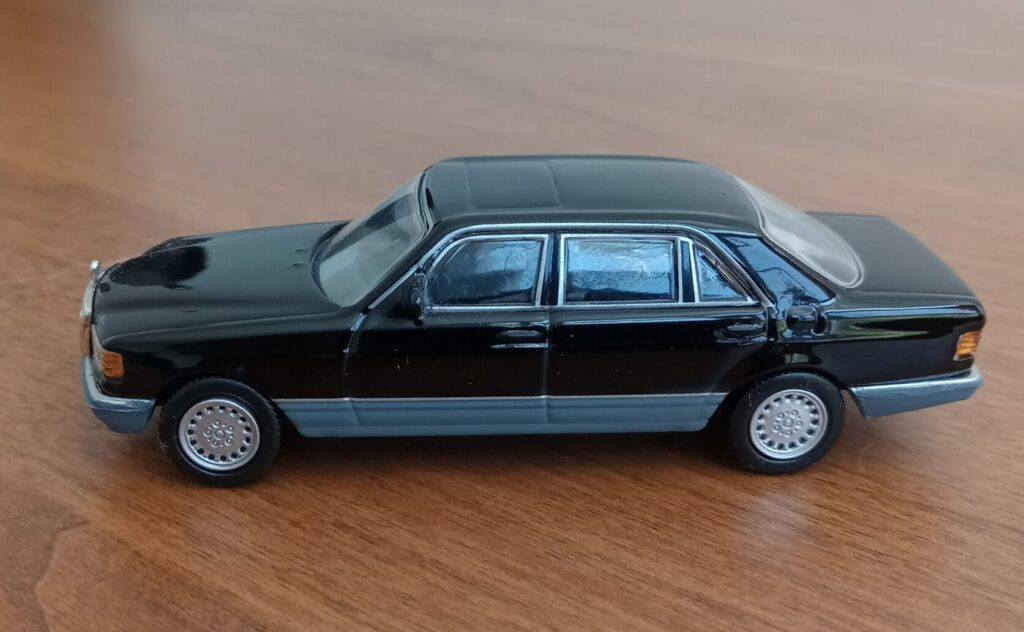
サッコ・プレート:空力性能と引き締まった肉体美
先代(初代:W116 型 )S-クラスを徹底的にリファインすることで生まれたW126型メルセデスベンツですが、軽量化のために全幅を5cm切り詰めたうえで、前後バンパー、ボディーサイド下部(サッコ・プレート)を最新の樹脂パーツで覆う事などにより、空力性能を極限まで追求したうえで、実際の大きさ以上の伸びやかさと、引き締まった美しさを引き出すことに成功しました。
W126シリーズは世界中で大人気を博し1991年に生産終了するまでに、累計82万台を売り切ったベンツ史上最も成功したS-クラスとなっています。
(当時のF1ドライバー35人のうち、20人がW126型ベンツをプライベートに使用していたそうです。)
(京商製:1/64 560SEL—-ダイキャスト・モデル)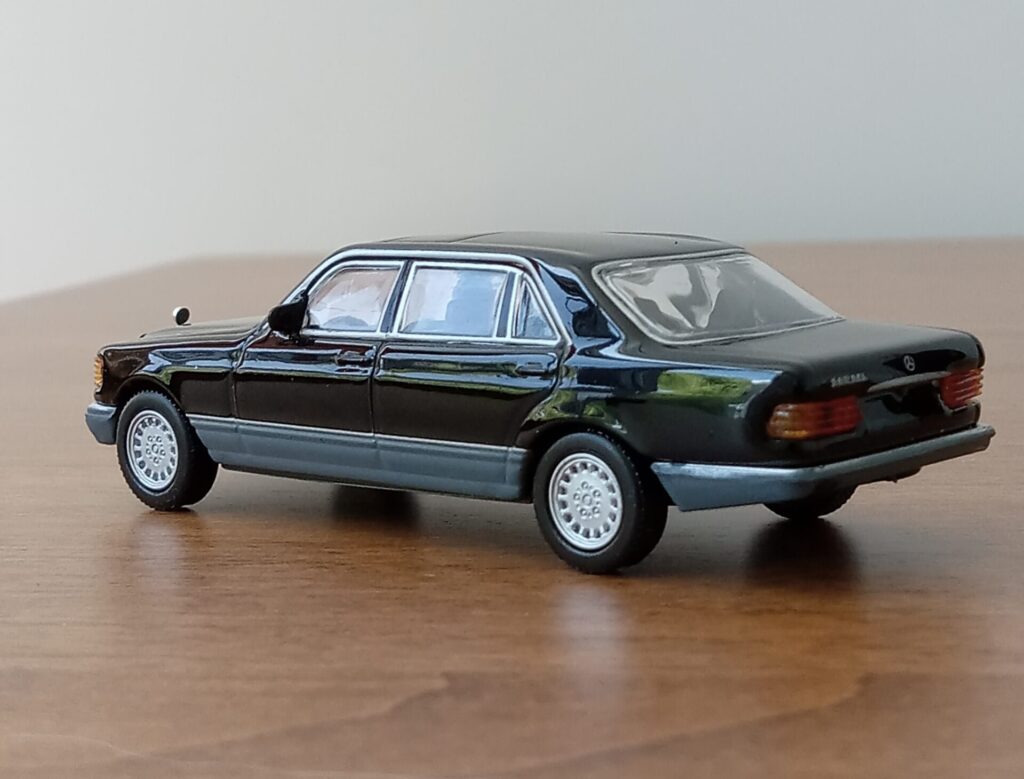
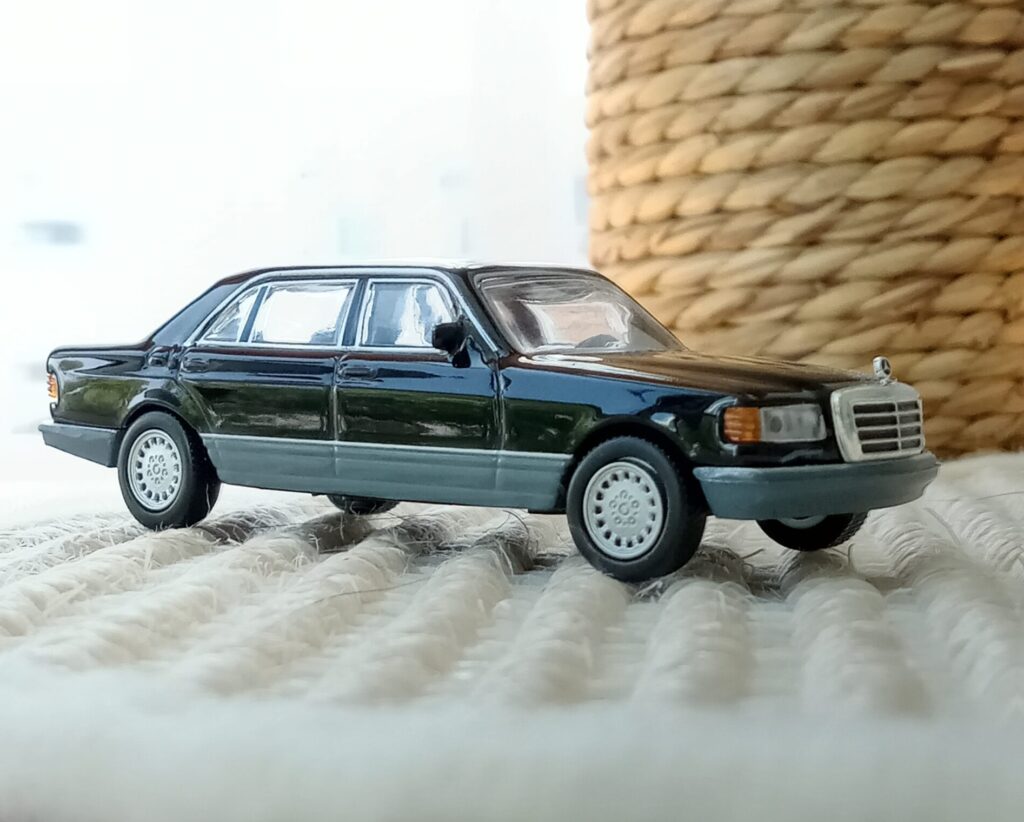
もうお気づきかもしれませんが、
私にとってのW126型セダンのデザインは樹脂バンパーとサッコ・プレートがほとんどすべてです。
イタリア生まれのデザイナー、ブルーノ・サッコは1974年以降、ダイムラーベンツのチーフデザイナーとして、空力学を取り入れつつ直線基調で飽きが来ないセダンとクーペの一群を作り上げることでダイムラー社に大成功をもたらし、その後長きにわたり一世を風靡しました。
セダンボディーの(一部のクーペの)前後のバンパーからボディーサイドを(当時最新素材だった)樹脂製のバンパーカバー、同じく樹脂製カバーでボディーサイド下部分を完全に覆うことで、(ボディーの上下を一直線に貫くモチーフとして)実際以上に伸びやかで引き締まったイメージ、さらに、空力特性の優秀性を視覚的に表すことにも貢献しています。
(さらにサッコ・プレートは、W126以降の2000年代前後までのほとんどのMB車のシンボルとして多大な貢献をもたらしました。)
サッコ・プレートーーー>
*樹脂製パーツを器用にデザイン・成形し、
*ボディー上下を大胆に分断、
*伸びやかで引き締まったイメージと、
*空力特性の視覚化を実現!
(*その後の全ラインに拡大--→大成功)
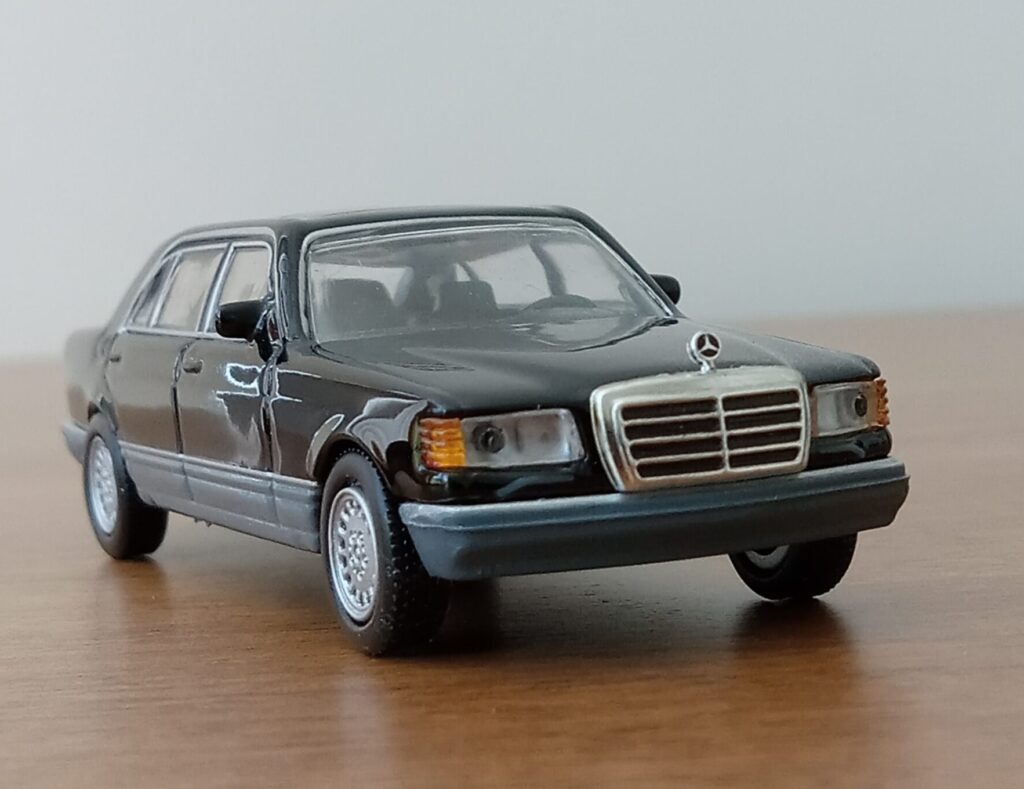
それ以外のデザイン的特徴
*先代のW116型で既にに突き詰められた、美しいFR4ドアセダンのプロポーションを、風洞実験を重ね空力的に洗練することで、『磨きに磨かれた』完璧なボディー造形と、その全体像を可視化 (この後、さらなる磨き上げは不可能なレベルまで進化)
*クレイモデル段階で実現された洗練を実現につなげた、金型・ボディーのプレス技術の凄まじさ (特にリアフェンダー後端のプレスの深さ・立体感満点!!)
*W116型から(軽量化のために)削られた5cmの横幅を埋めてさらに余りあるボディーサイド・ショルダー部の量感とテールエンドに向けてのスピード感あふれる流れ!!
(この辺はインテリアの広さにうるさくなる以前のドイツ車デザイン、おおらかな雰囲気が功を奏したのかも、、、)
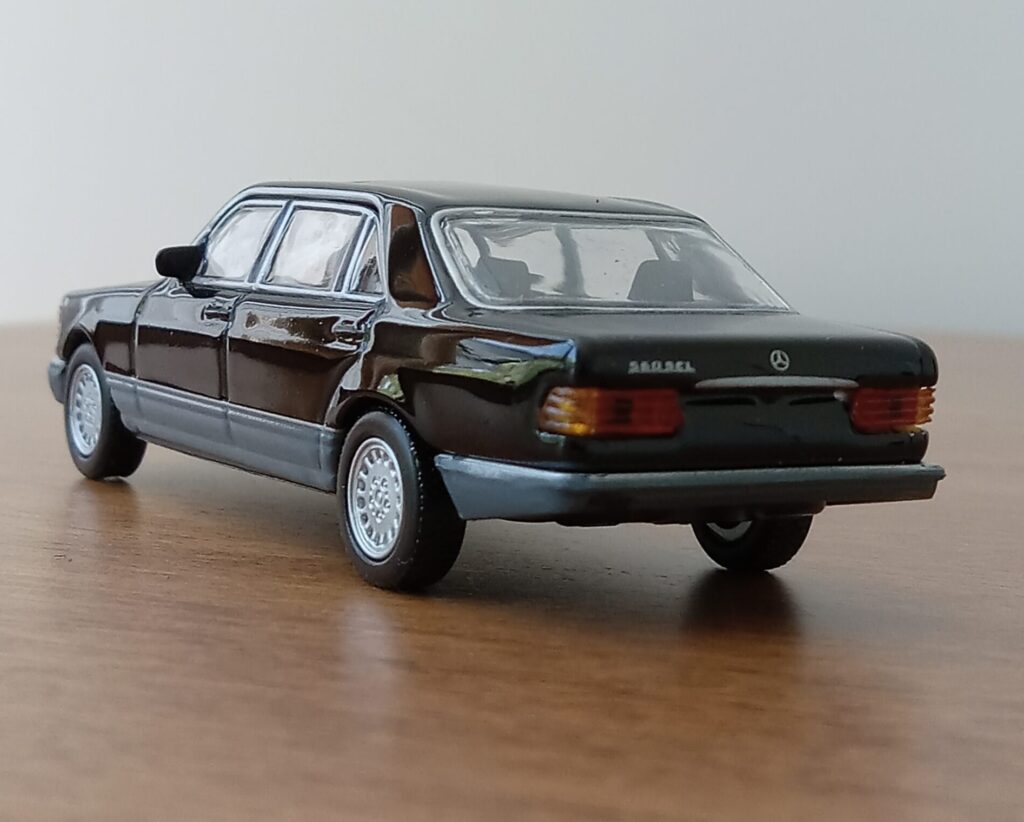
私とW126型:アメリカでの見え方など
ちょうどこの年代のベンツの大成功と私が渡米した時期が重なるため、W126型の日本とアメリカでの見え方の違いについて書いてみたいです。
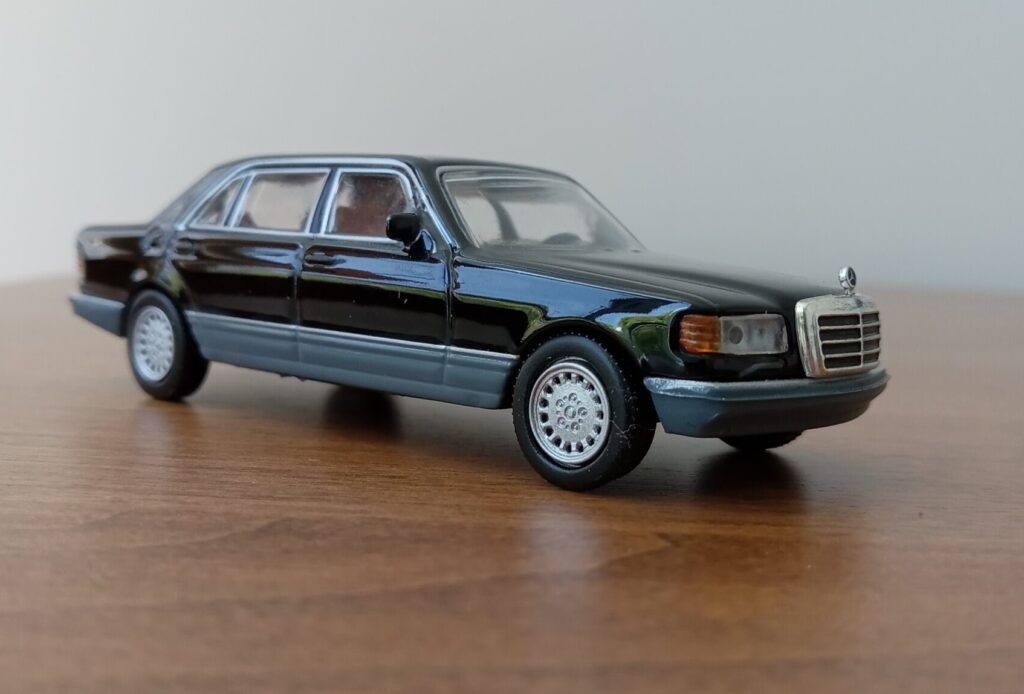
日本では最上級グレードのロングバージョン、500SELまたは560SELの黒またはシルバーのツートンが威風堂々と走っているのを見る機会が多かったのですが、こちらでは380SE等のショートバージョンで、青やバーガンディー、ゴールドなどの鮮やかな色合いの車がたくさん走っていた印象です。(当時の巨大なアメ車群に比べるとそれほど大きくありません)
それに加えて、当時のアメリカ規格の四角いライトが異形デザインのヨーロッパ規格のライトの中に無理やりはめ込まれていたのと、衝撃吸収用に大型化されたウレタンバンパーも含めたフロントビューは、なんともちぐはぐ感が否めませんでした。
つまり、こんな感じです
*カラフルなドイツの中型セダンが、
*異常に大きなバンパーと、
*はっきりしない表情(寝ぼけたフロントマスク)で、
*あまり目立たず走ってました。
そうなんです、北米マーケットでのW126型の存在感は日本国内に比べ、平凡であまり目立ったものではありませんでした。泣
アメリカで当時のドイツ車は質実剛健イメージが強かったので、W126型の場合もオプションでマニュアル(手動巻き上げ式)ウィンドウも選べたほどで、豪華さや快適さとは無縁でした。
ただモデルサイクル後期になり、並行輸入や正規で入ってきたヨーロッパ仕様の560SELなどを見る機会が増え、イメージは若干回復しましたが、、、
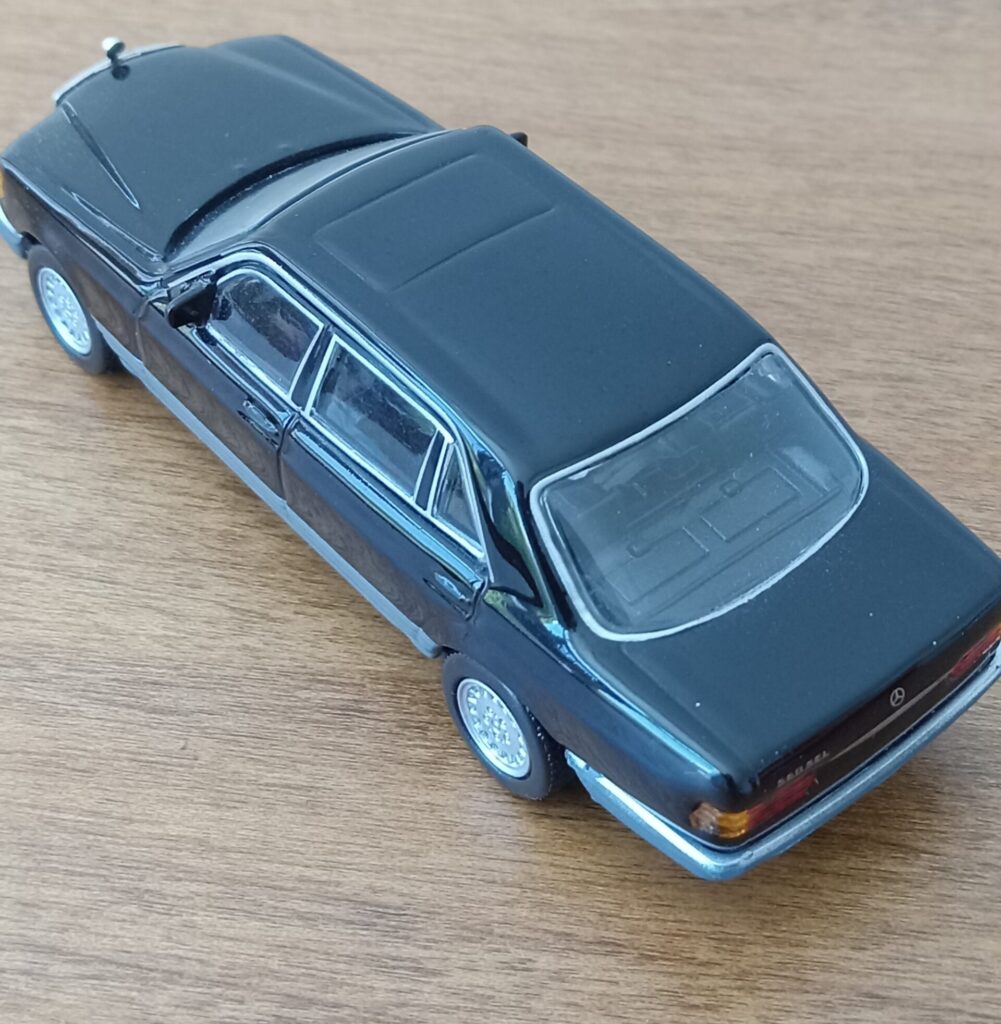
追記:
10年ほど前に、仲の良い友達がモデル後期の状態の良い560SEL(ヨーロッパ仕様)を入手して、乗せてもらう機会が増えたこともあり、アメリカでのW126の存在を見直すきっかけとなりました。嬉
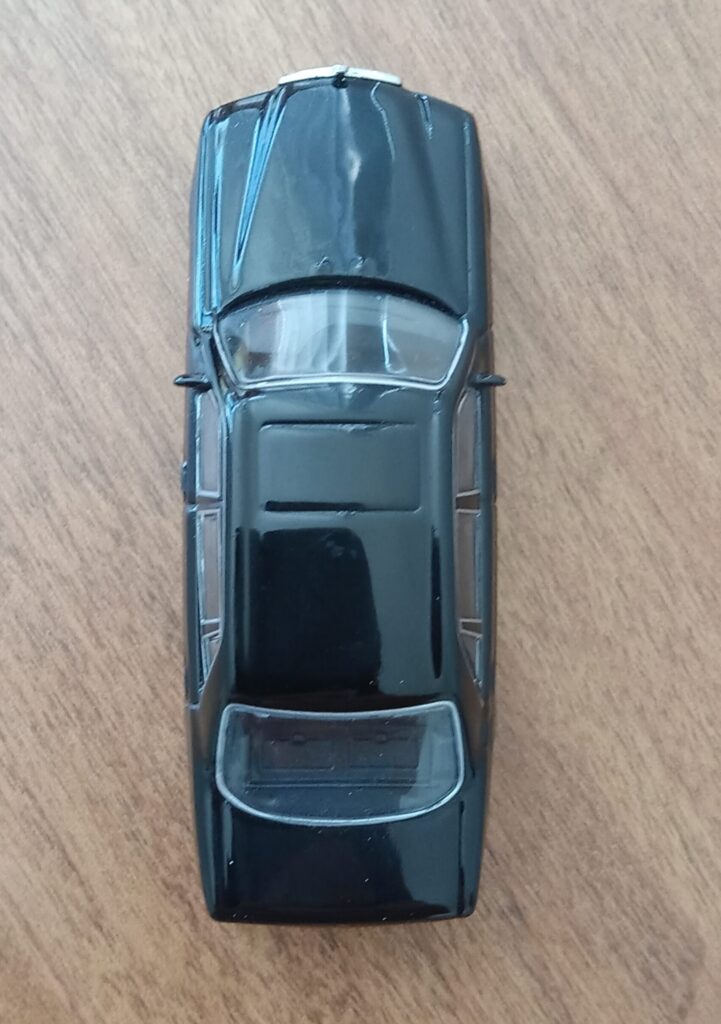
このカテゴリーの他車
W126以外では、以下のセダン群のデザインが好みです。
みんな同様に、『FRのエンジン配置を最大限に生かした伸びやかで安心感のある大型4ドアセダンの理想的なプロポーション』を追求した作品です。
*ジャガーMKX(マーク10)(シャンペンゴールド)
(最大のジャガー、サイドビューの伸びやかさの『お化け』、商業的には大失敗)
*初代キャデラック・セビル (シルバーと黒の2トン)
(ボディー後端にかけて下降する、時代に逆行したネオ・クラッシックな大胆デザイン)
*1962年型キャデラック シリーズ62 デ・ヴィル 4ドアセダン (ターコイズ・メタ)
(59年型を境に低くさりげなくなったリアフェンダー後端とシックなボディーの絶妙なバランス感=今日でも通用するクラッシック・デザイン)
*BMW740IL, 2024 (ダークメタル・シルバー)
(最後にボンネット前端の高さの復活、おめでとう、7シリーズの全面EV化直前の『最後のFR大型BMWセダン』の雄姿!!)
*初代AUDI A8 (シルバー・メタ)
(FFベースですがプロポーションの繊細な調整によりFRのライバルに引けを取らない伸びやかさと重心位置の動感を実現、オールアルミボディーの緊張感あるふくらみも絶品です)
*トヨタ・クラウン 4ドアハードトップ 3000 ロイヤルサルーン (スーパーホワイト)
(リアクオーターの『クリスタル・ピラー』など、最もバブリーな頃の日本人が愛した『金太郎飴の頂点』に君臨したクラウン)
*初代レクサス (シャンペンゴールドの2トン)
(北米レクサスブランドの最初にして最大の成功車、ボディーサイドのテーパーと量感が日本車離れしていました。)
*最新型トヨタ・センチュリー (神威:エターナル・ブラック)
(ボディーサイドのショルダー面:几帳面が秀逸、ボディー下部の金属パーツがまさに圧巻)
以上となります。
次回は、第7位のキャデラック・エルドラド,1967年型について語らせていただきます。
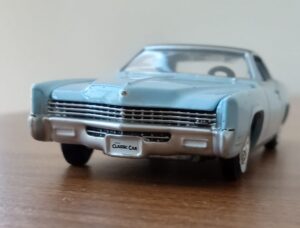
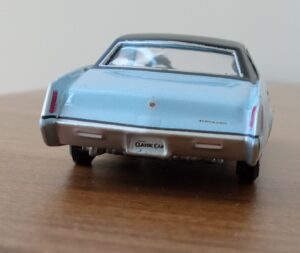
ーお楽しみにー
8th place: Mercedes Benz 560 SEL (W126), 1979
In my previous post, I announced my “Top 10 Car Designs,” and the MB 560 ESL (W126) sedan came in at an impressive 8th place. Here, I will explain the reasons for my selection and my relationship with the 560SEL.
Here are the
the results of the ‘Top 10 Car Designs’ selection.
10th place: BMW 507, 1956 ————————- (Silver + matching hardtop)
9th place: AM General Hummer H1, 1992 ———- (Military Woodland Camouflage)
8th place: MB 560 SEL, W126 sedan ————- (dark navy and blue-gray two-tone)
7th place: Cadillac Eldorado, 1967 (metallic blue with black leather top)
6th place: Toyota Prius, 2003 (2nd generation)————————– (light aqua)
5th place: Honda S660, 2015 ——————————————– (White metallic)
4th place: Porsche 928, 1978 ————- (Light blue metallic with checkered interior)
3rd place: Citroën DS23, 1973 ———————— (Charcoal gray metallic)
2nd place: Lamborghini Countach LP400, 1974 —————— (Orange)
1st place: Austin-Healey 100/4 (BN/1), 1953 – (Ivory and dark blue two-tone)
Sacco Plate: Aerodynamic performance and a sleek, muscular body
The W126 Mercedes-Benz was born through a thorough refinement of the previous generation (first generation: W116 model) S-Class. By reducing the overall width by 5 cm for weight reduction and covering the front and rear bumpers, as well as the lower body sides (Sacco Plate), with the latest resin parts, the W126 achieved aerodynamic performance pushed to the limit, successfully bringing out a sense of elegance and sleek beauty beyond its actual size.
The W126 series became wildly popular worldwide, selling a cumulative total of 820,000 units by the time production ended in 1991, making it the most successful S-Class in Mercedes-Benz history.
(Apparently, 20 out of 35 F1 drivers at the time used the W126 Mercedes-Benz as their private vehicle.)
(Kyosho: 1/64 560SEL—Die-cast model)
As you may have noticed,
for me, the design of the W126 sedan is almost entirely defined by the resin bumpers and Sacco plates.
Bruno Sacco, an Italian-born designer, served as chief designer at Daimler-Benz from 1974 onward, creating a series of sedans and coupes that incorporated aerodynamics while maintaining a straight-line design that never grew tiresome, bringing great success to Daimler and dominating the industry for many years afterward.
The front and rear bumpers of the sedan body (and some coupes) are covered with resin bumper covers (made from the latest materials at the time), and the lower sections of the body sides are completely covered with resin covers. This creates an elongated and streamlined appearance, as well as visually emphasizing the excellent aerodynamic properties.
(Furthermore, the Sacco Plate made a significant contribution as a symbol for most MB vehicles from the W126 onwards until around the 2000s.)
Sacco Plate——>
* Skillfully designed and molded resin parts,
* Boldly dividing the upper and lower parts of the body,
* Achieving a sleek and streamlined appearance,
* Visualizing aerodynamic performance!
(*Expanded to all subsequent models——→Great success)
Other design features
* Building on the already refined proportions of the previous W116 model, the beautiful FR four-door sedan was further aerodynamically refined through wind tunnel testing, achieving a “polished to perfection” body shape and visualizing its overall form (this evolution reached a level where further refinement was impossible)
* The incredible precision of the die-casting and body pressing technology that brought the refinement achieved at the clay model stage to fruition (especially the depth and three-dimensionality of the rear fender’s rear end!!)
* The body side and shoulder sections, which compensate for the 5cm reduction in width from the W116 model (for weight reduction), and the dynamic flow toward the tail end!!
(This area may have benefited from the more spacious interior design of earlier German cars, which had a more generous atmosphere…)
My experience with the W126 model: Perceptions in the US
Since the peak of Mercedes-Benz’s success in this era coincided with my move to the US, I would like to write about the differences in how the W126 model was perceived in Japan and the US.
In Japan, I often saw the top-of-the-line long versions, the 500SEL or 560SEL, in black or silver two-tone, driving majestically. However, here in the U.S., I recall seeing many short versions like the 380SE in vibrant colors like blue, burgundy, and gold. (Compared to the massive American cars of the time, they weren’t that large.)
Additionally, the square headlights designed to American specifications were awkwardly fitted into the uniquely shaped European-spec headlights, and the front view, including the enlarged urethane bumpers for impact absorption, had an undeniably mismatched feel.
In other words, it was like this:
* Colorful German mid-size sedans,
* With abnormally large bumpers,
* And unclear expressions (sleepy front masks),
* Were driving around without attracting much attention.
That’s right, the presence of the W126 model in the North American market was ordinary and not very noticeable compared to Japan. Cry
At the time, German cars in the US were strongly associated with a rugged, no-frills image, so even the W126 model offered manual (crank-operated) windows as an option, making it far from luxurious or comfortable.
However, as the model cycle neared its end, opportunities to see European-spec 560SELs imported through parallel imports or official channels increased, slightly improving its image…
Postscript:
About ten years ago, a close friend acquired a well-maintained late-model 560SEL (European specification), and as I had more opportunities to ride in it, it became a catalyst for reevaluating the W126’s presence in the U.S. I was delighted.
Other vehicles in this category
Besides the W126, I prefer the designs of the following sedans.
Like the others, these are works that pursue the ideal proportions of a spacious and reassuring large four-door sedan that maximizes the potential of the FR engine layout.
* Jaguar MKX (Mark 10) (Champagne Gold)
(The largest Jaguar, a “monster” in terms of its spacious side view, but a commercial failure)
* First-generation Cadillac Seville (two-tone silver and black)
(A bold neo-classic design that defies the times, with the body sloping downward toward the rear)
* 1962 Cadillac Series 62 DeVille 4-door sedan (Turquoise Metallic)
(The subtle balance between the rear fenders, which became lower starting from the 1959 model, and the sleek body—a classic design that still holds up today)
*BMW 740IL, 2024 (Dark Metal Silver)
(The return of the high hood front end—congratulations on the last FR large BMW sedan before the full EV conversion of the 7 Series!!)
*First-generation Audi A8 (Silver Metallic)
(Although it is FF-based, the delicate adjustment of proportions achieves the same elegance and dynamic center of gravity as its FR rivals, and the tension of the all-aluminum body is also exquisite.)
* Toyota Crown 4-door hardtop 3000 Royal Saloon (Super White)
(The Crown, which reigned supreme as the pinnacle of Japanese luxury during the most extravagant era, featuring the “Crystal Pillar” on the rear quarter panel.)
*First-generation Lexus (Champagne Gold 2-ton)
(The first and most successful model of the North American Lexus brand, with a tapered body side and volume that set it apart from other Japanese cars.)
*Latest Toyota Century (Kamui: Eternal Black)
(The shoulder line on the body side is meticulously crafted, and the metal parts on the lower body are truly impressive.)
That concludes this list.
Next time, I will discuss the 1967 Cadillac Eldorado, ranked 7th.
—Stay tuned—
Translated with DeepL.com (free version)
これはCTAサンプルです。
内容を編集するか削除してください。
